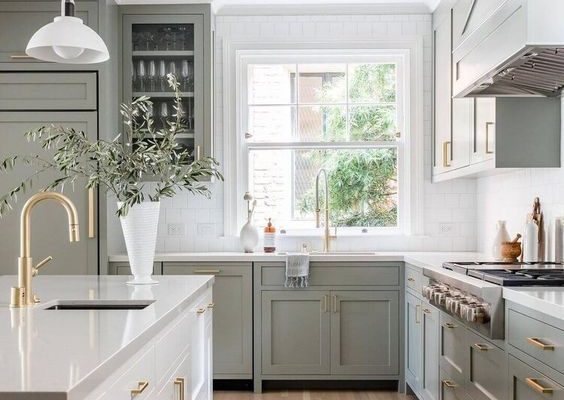The Best Way to Remove Old Wallpaper

Removing old wallpaper can be a daunting task, but with the right approach, it doesn’t have to be an unpleasant chore. Whether you are planning to repaint a room or update it with new wallpaper, getting rid of the old layers is a vital first step. Here’s the best way to tackle this project.
First, gather your supplies. You will need:
– A scoring tool
– A wallpaper steamer or a solution of hot water and fabric softener
– A wide putty knife or wallpaper scraper
– A drop cloth
– Sponge and soapy water
Once you have your tools at hand, follow these steps to remove the old wallpaper:
1.Prep the Room: Begin by removing all furniture, switch plates, and outlet covers from the room. Lay down drop cloths to protect your floors and use painter’s tape to shield molding and trim.
2.Score the Wallpaper: Gently run a scoring tool over the surface of the wallpaper. This creates tiny holes that will allow steam or your chosen solution to penetrate the adhesive beneath.
3.Apply Steamer or Solution: If you’re using a steamer, fill it with water according to the manufacturer’s instructions and let it heat up. Hold the steamer pad against the wall for about 30 seconds in each area before attempting to scrape off the wallpaper. If using a hot water and fabric softener solution (one part fabric softener to four parts hot water), apply generously with a sponge, allowing it to soak into the paper.
4.Scrape Away Wallpaper: After letting the steam or solution sit for a few minutes, use your putty knife or scraper tool to gently remove the wallpaper from the wall. Start at seams and edges where you can get underneath the paper more easily.
5.Clean Remaining Adhesive: Once all of the wallpaper is removed, you may still have some adhesive left on your walls. Use a sponge with soapy water to wipe down the surfaces until all residue is gone.
6.Final Touches: Rinse walls with clean water and allow them to dry thoroughly before proceeding with painting or applying new wallpaper.
No single method is perfect for every type of wallpaper or wall condition, so you might need to experiment with different approaches. However, by following these best practices, you will ensure that your walls are ready for their next stylish covering. Remember: patience, perseverance, and proper preparation are key!






